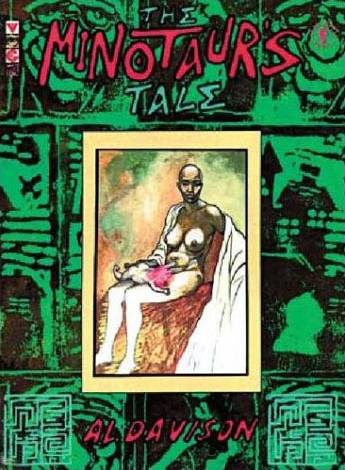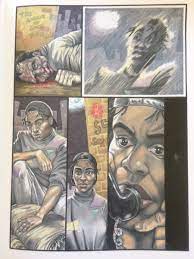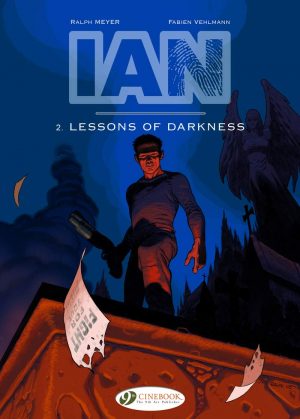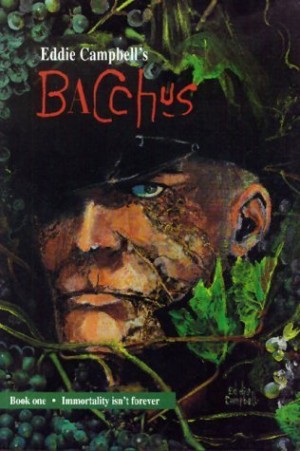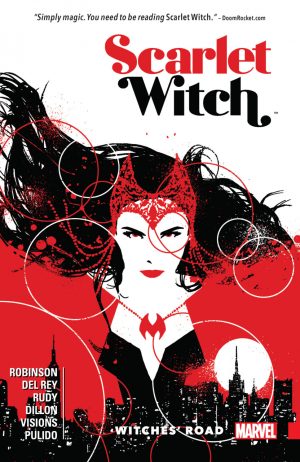Review by Win Wiacek
During the 1990s, following the stunning success and huge mainstream sales of Watchmen, The Dark Knight Returns and Maus, graphic novels were finally accepted by the publishing industry as a viable and valuable market for adults. This after decades in which sequential narrative had been deemed a ghetto for children and idiots.
Of mainstream publishers, Gollancz was the first to fully embrace the nascent form, creating the VG Graphics imprint and going all out by releasing a game-changing selection of mature and challenging confections by comics glitterati. Among them was The Minotaur’s Tale crafted by relative newcomer and unique authorial voice Al Davison who had first come to the industry’s attention in 1988 with his incredible autobiography The Spiral Cage: Diary of an Astral Gypsy.
His story of a life spent daily triumphing over a body wracked by Spina Bifida and a society that couldn’t handle cripples who didn’t know their place is a stunning testament to human courage and the liberating power of creativity.
Davison writes, illustrates and letters this darkly enchanting parable, similarly examining the themes of disability, alienation, perception and inclusion. It opens in a prologue with a rather nonconformist if not confrontational interpretation of the myth of Minos of Crete and the bestial murderous Minotaur from a wilful little girl named Etty-Mae Brown.
Years later in ‘Transmissions’ the dystopian urban night is shattered by a pain-drenched wail. The deformed dosser everybody calls Banshee is screaming again, but the skinheads, hookers, winos and other human trash have better things to do than listen to the mad bastard. Still, after a night of mindless aggression the thugs still have a bit of time and energy left to give ugly freak a bit of a kicking. Barely able to stand on his own malformed feet at the best of times, Banshee is found collapsed in the street by recovering drug-addict Etty who gets him to hospital. He awakes from terrifying dreams of an orphanage and the vile nuns who ran it to find himself in a clean bed and immediately panics, subsequently barricading himself in the toilet.
All his life Banshee has been called a freak, a mistake, a monster or worse but Etty knows she can help him and shows him her version of the Minotaur legend, encouraged by the sympathetic Dr. Sparks – who has a secret shame of her own concealed at all costs.
Retellings of old myths and miracles follow, underlining that even the most twisted and lonely need love and human contact. Davison underlines that from isolated places of darkness and the horrors of life there is always the promise of a better life.
A US edition of The Minotaur’s Tale was published in 1995 with as little commercial success, but perhaps audiences have broadened and grown enough for this superb and enchantingly beautiful pictorial homily to at last find the readership it deserves.
In a perfect world some wise publisher would re-release the modern myth in a new edition, but if you can’t wait – and why should you? – the original lavishly full-colour eighty page tale is still readily available in both hardback and softcover versions.
